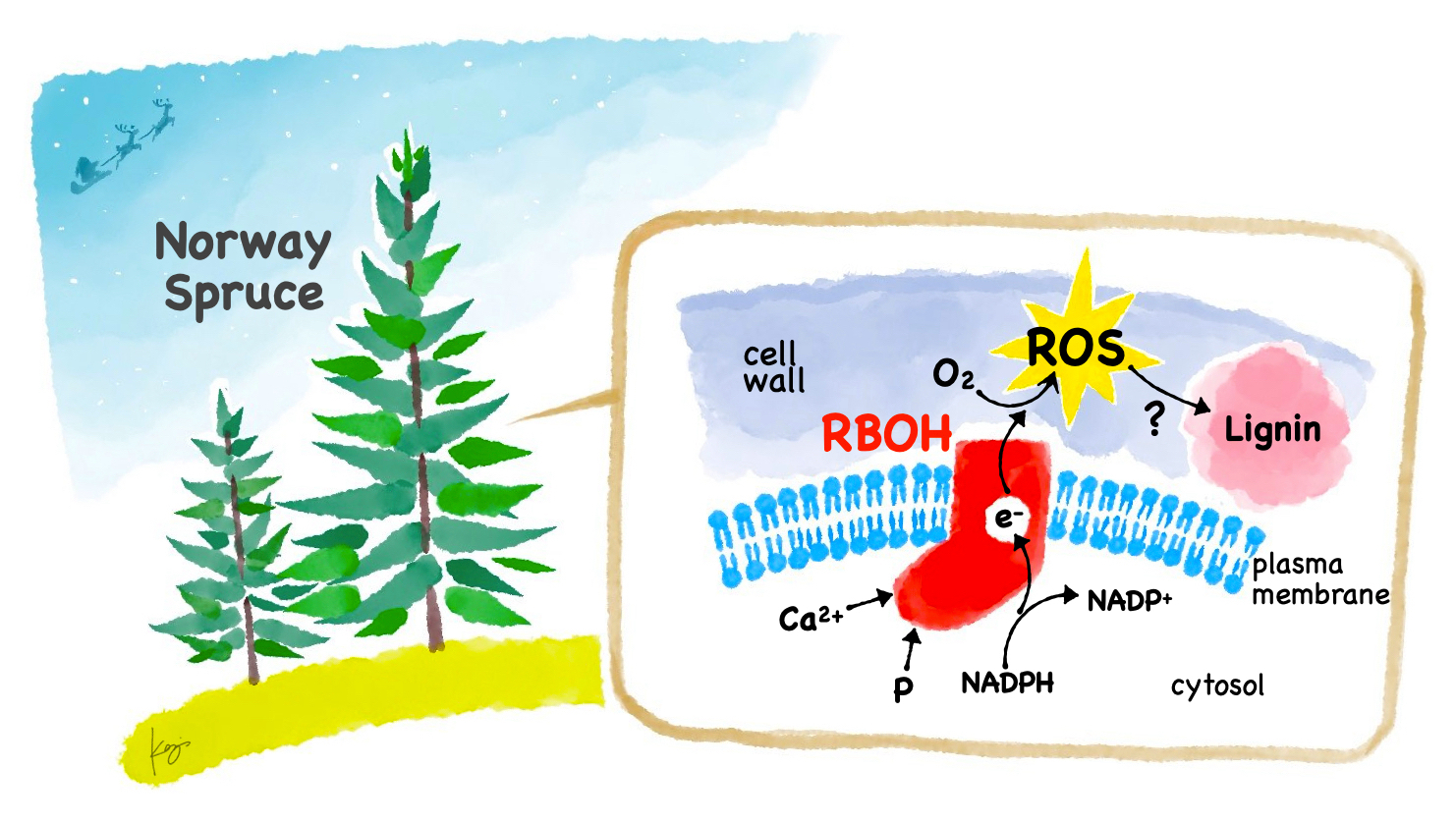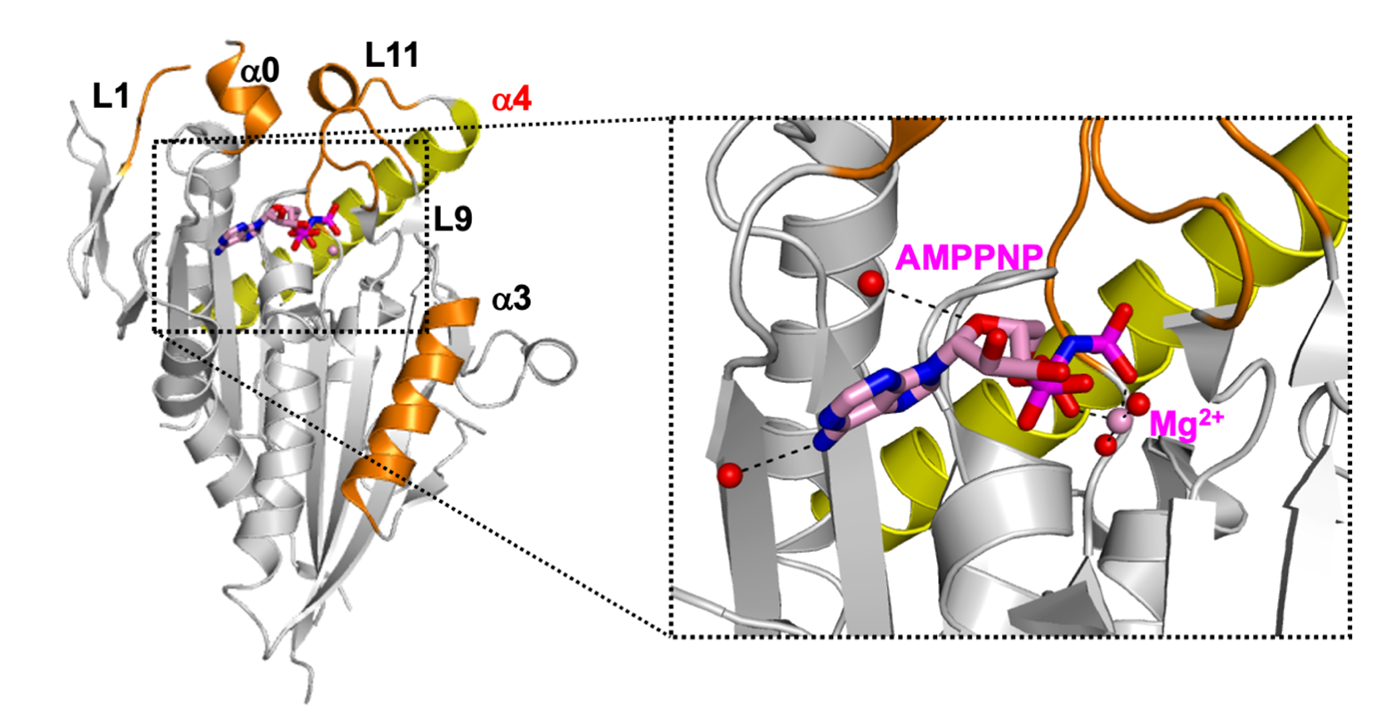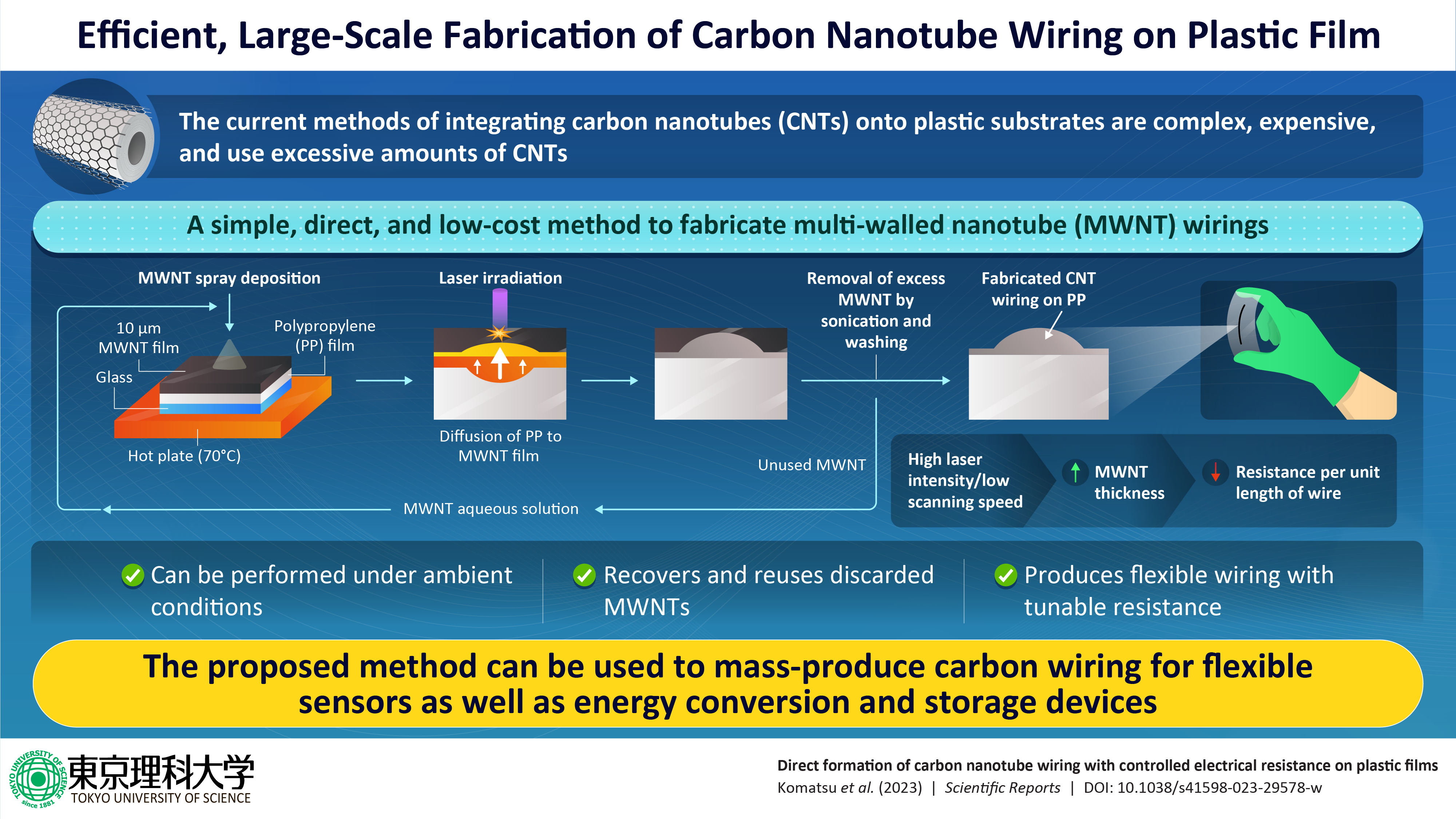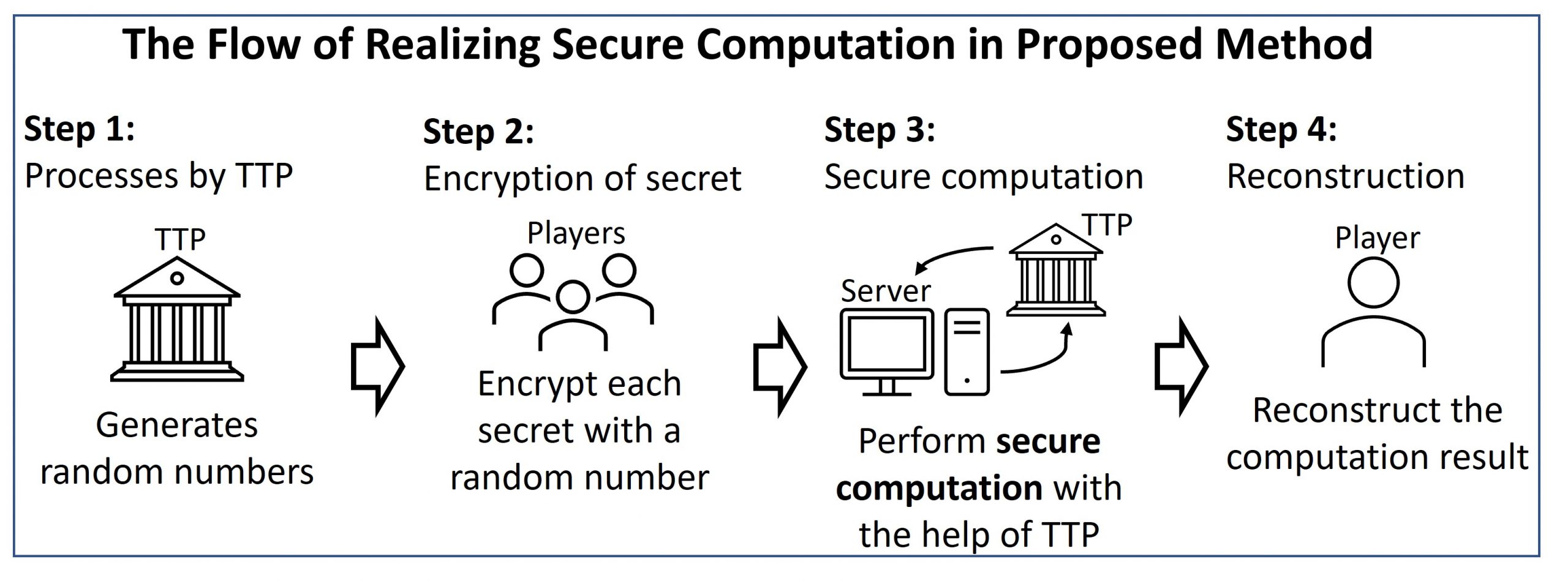Enzymes producing reactive oxygen species may be involved in lignin biosynthesis and growth of coniferous plants
Reactive oxygen species (ROS) are toxic compounds generated by living systems through aerobic respiration and photosynthesis. Now, researchers from Finland and Tokyo University of Science, Japan have studied the mechanism to regulate the activity of ROS-producing enzymes and revealed that ROS is involved in the growth of spruce and synthesis of lignin, a key cell wall component. The findings could help develop technologies for producing valuable timber-based materials and boost the growth of coniferous trees.
Norway spruce is a large coniferous tree native to Northern, Central, and Eastern Europe. Conifers make up a considerable portion of the terrestrial biomass and serve as a significant carbon sink, with the majority of the carbon going into the cell walls of the wood tissues. The economically-important Norway spruce is no exception.
The Norway spruce is a model species of gymnosperm—woody plants that produce naked seeds, on cones, without forming flowers and fruits—whose secondary xylem (water-conducting vascular tissue, also called ‘wood’) cell wall contains 27% of an important phenolic polymer—lignin. Lignin provides rigidity and structural support to cell wall polysaccharides. It is also valued for the production of important bio-based materials. Thus, the Norway spruce holds significance not just as an important lumber crop but also as a source of rich organic chemicals.
As such, much research has been conducted over the years to unravel the intricate metabolic pathways involved in the growth and metabolite production in this species, at the forefront of which are researchers in Finland.
Now, Professor Kazuyuki Kuchitsu at Tokyo University of Science (TUS), Japan, a leading researcher on reactive oxygen species (ROS) in plants has collaborated with Finnish scientists to study lignin biosynthesis in spruce.
Previous research has shown that the last polymerization stages in the production of lignin involve the oxidation of monolignols to phenolic radicals, which are then coupled non-enzymatically, using either hydrogen peroxide (H2O2)-using peroxidase or oxygen-using laccase. With time, the role of ROS biogenic enzymes in lignin synthesis and spruce growth has also been identified.
ROS, such as superoxide anion radicals, H2O2, and hydroxyl radicals, can be produced by a number of sources in the plasma membrane and cell walls of plants and enter the apoplast (the space outside the plasma membrane of a plant cell). These sources include different enzymes, for instance, oxidases and peroxidases, as well as respiratory burst oxidase homologues (RBOHs, also known as NADPH oxidases). Using cytoplasmic NADPH (reduced nicotinamide adenine dinucleotide phosphate) as an electron donor, the plant RBOHs produce superoxide anion radicals, which then dismutate to H2O2. Prof. Kuchitsu’s research has revealed that this mechanism of producing ROS is crucial for many molecular processes in plants including pollen tube growth and fertilization.
In the lignin-forming cell culture and developing xylem of the Norway spruce, PaRBOH1 is the most highly expressed RBOH gene.
But how is PaRBOH1 regulated?
To answer this question, Prof. Kuchitsu’s team from TUS in collaboration with Finnish scientists studied the ROS-producing activity and regulatory mechanism of PaRBOH1 in gymnosperms, including the coniferous species spruce. Their study revealed, for the first time, that PaRBOH1 is activated by calcium ions and phosphorylation to produce ROS. Additionally, protein kinase activity was observed in the cell extract of the developing xylem, phosphorylating certain serine and threonine residues in PaRBOH1.
These findings have been published in volume 13 of Frontiers of Plant Science on 13 October
2022. The multinational team involved in the study included Dr. Kenji Hashimoto from TUS; Dr. Kaloian Nickolov of the University of Oulu, Finland; Dr. Adrien Gauthier of Aghyle Unit, Institut
Polytechnique UniLaSalle, France; and Dr. Anna Kärkönen of the Natural Resources Institute Finland (Luke), Finland.
The results of RBOH regulation in the first gymnosperm species to be examined, the Norway spruce, demonstrates that all seed plants—gymnosperms (naked seeded) or angiosperms (closed seeded)—share the same mechanisms for controlling RBOH activity.
Prof. Kuchitsu explains why this is significant: “ROS were typically regarded as toxic substances, but our study shows that several plant functions, including stress response and plant vegetative
and reproductive development, are regulated by ROS produced by ROS biogenic enzymes.”
Prof. Kuchitsu also sheds light on the practical applications of their findings. Owing to their potential for use as new sources of energy and materials, research into tree development and the
mechanisms governing the valuable components in their cells is gaining momentum. “Our research, in the future, might contribute to the promotion of tree growth and aid in advancing technology for producing valuable materials,” observes Prof. Kuchitsu.
Will the findings contribute to meeting our energy and materials demands while complying with the global sustainable development goals? The researchers are hopeful they will, and so are we.
Reference
Title of original paper: Regulation of PaRBOH1-mediated ROS Production in Norway Spruce by Ca2+ Binding and Phosphorylation
Journal: Frontiers in Plant Science





.jpg)
.png)





